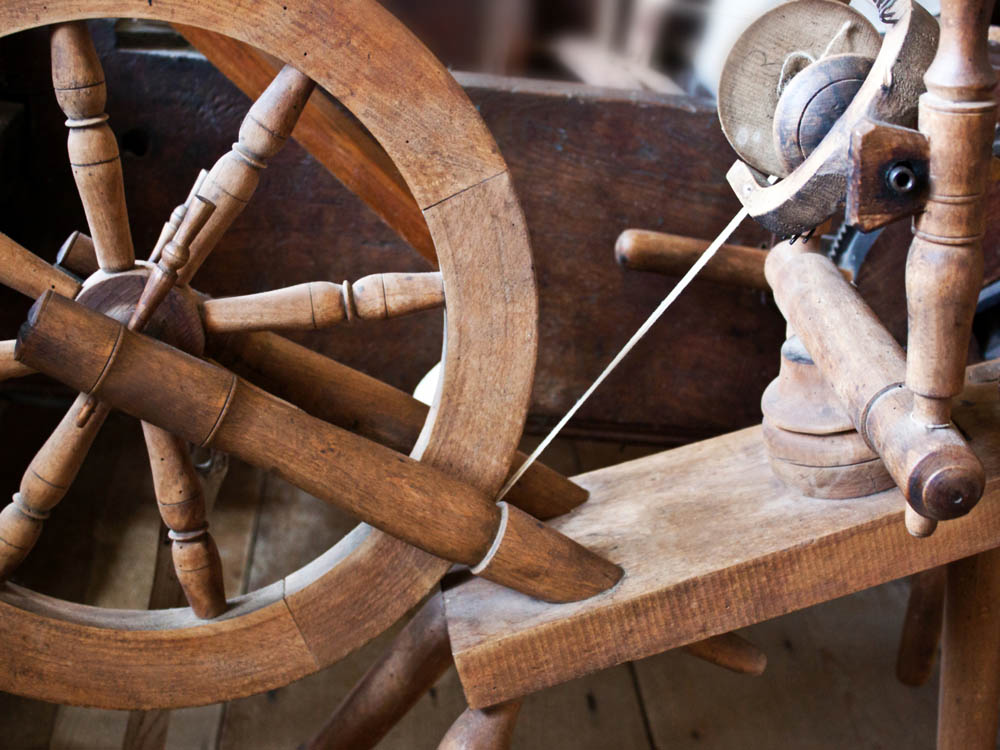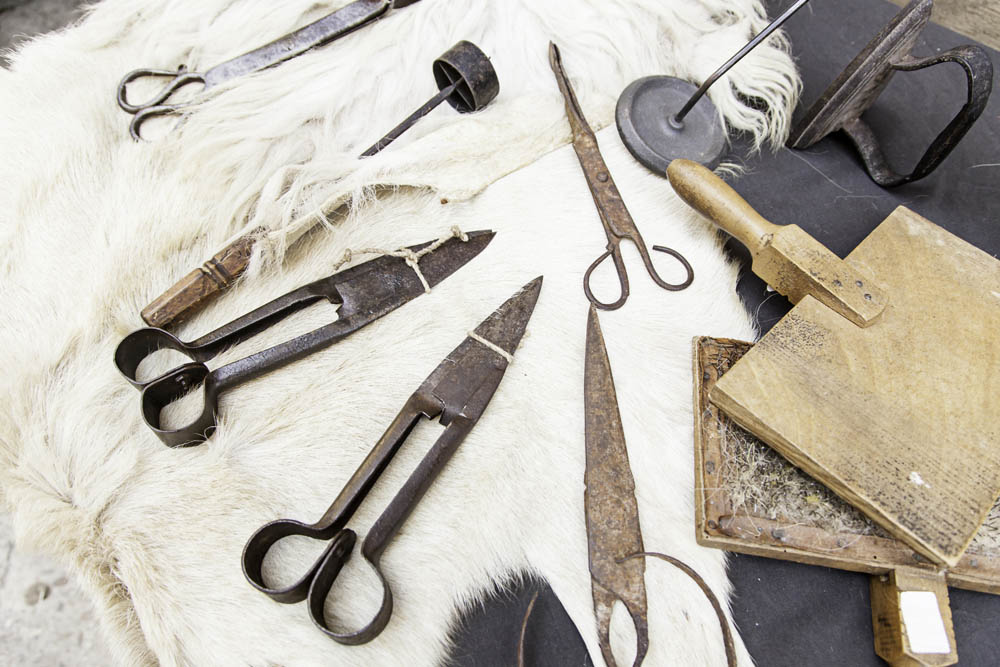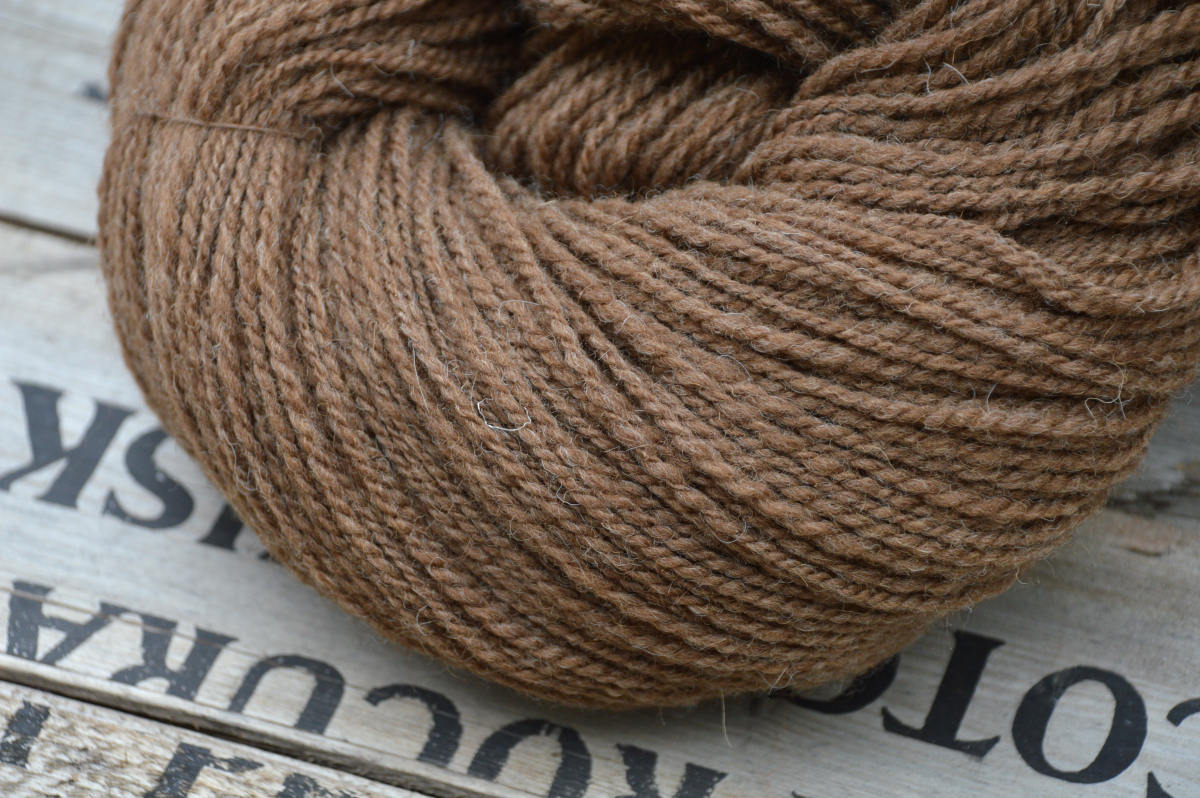I’ve (finally!) taken the time this weekend to get a goodly amount of the brand new fleeces I’ve gotten the past eight weeks up on the site! I’m not going to lie – I still have a few more to add – but I’m super excited about these ones I’ve just put up.
This update sees all pure breeds added – there’s Black Welsh Mountain (oh my god, they’re the cutest little guys), Tunis (one of my favourite fibres), and Icelandic (you can read about the farm visit right here). There’s 10 new fleeces up in total – all really unique in their own way.
Black Welsh Mountain
This is such a cool breed, and relatively rare in North America, although much more common in their homeland of Wales. They’re a primitive breed, and have gone unchanged for hundreds of years, and can be traced back to at least medieval Wales. They’re really unique in that they’re one of the few sheep that produce a true black fleece, and unlike other black breeds, the fleeces don’t go grey as they age. They have no kemp, and it’s a really awesome fleece especially for carding up, and creating unique blends with other fibres.
Check out the Black Welsh Mountain fleeces here, here, and here.
Tunis
I love Tunis. It is one of my favourite fibres. Developed from the Tunisian Barbary sheep which came to North America in 1799, Tunis were once widely raised in the United States, but after the civil war decimated countless flocks, the numbers never bounced back to what they were prior to the war. Primarily a meat sheep, their wool is is a beautiful creamy white (with lambs born all red and shifting to cream as they age). They retain their red faces, and their fleece should have no or very minimal kemp, and quite often they have a very uniform lock structure with a solid crimp. I love to spin Tunis as is, but it would also make a very interesting dye base with its creamy colour.
Check out the Tunis fleeces here and here.
Icelandic
Much like Shetland (and in fact, part of the same family of Northern European Short-Tailed group), Icelandic sheep are often double coated (although can also be partially or single coated), and come in a wide range of colours and qualities that make them a real treat for handspinners. I’ve never seen two Icelandic fleeces that are exactly the same, and each fleece is a whole new experience for the handspinner. Known to date back to at least the settlement of Iceland by Vikings (between 870-930 CE), they’ve gone unimproved and retained their varied and unique qualities from this time. Despite all this history, they didn’t reach North America until 1985 when they were imported into Ontario. If you want to experiment making traditional lopi yarn, this is the fleece to do it on!
Check out the Icelandic fleeces in stock here, here, here, and here.
Updates to the Shop
If you’ve been visiting the site since it’s gone live (you’re awesome!), you’ll notice a slight change in how you can now order fleece. All quantities remain at either 125g for raw or 100g for washed, but now you can simply select the number of 125/100g increments you want. The added bonus of this is that you can really dial in the quantity you need when ordering, and it allows for just a bit easier of stock management for me (boring, I know, but it’ll help me run the shop better which should help you in turn to be sure to get what you need!).



